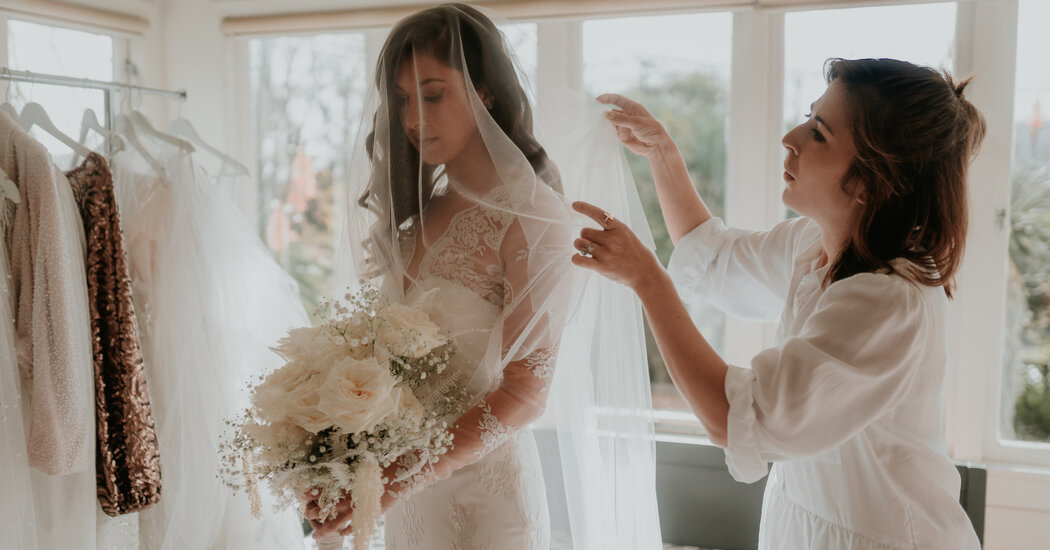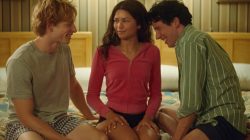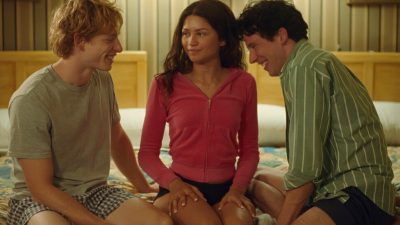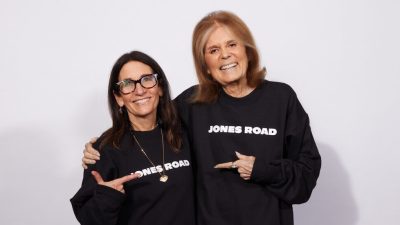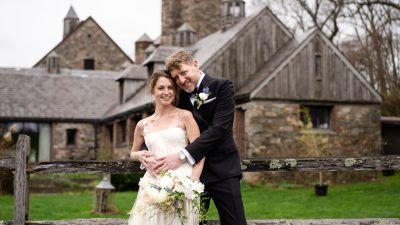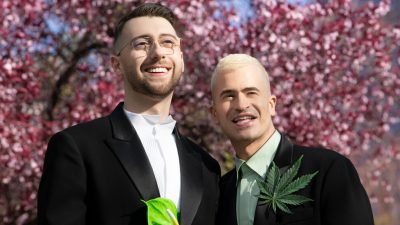Harriett Falvey is a creator of couture keepsakes. She designs and constructs the delicate, time-honored accessory that a bride wears right before walking down the aisle: the wedding veil.
Ms. Falvey, 38, began designing custom veils in the early days of the Covid-19 pandemic, switching from creating wedding gowns and bridal party outfits. The idea of wearing a wedding veil is often misunderstood as an outdated tradition, she said, but “it’s a form of self-expression and personal style.”
“It’s one of the most important and transformative items that offers an instant finishing touch,” said Ms. Falvey, a native of New Zealand. “It’s the last piece a bride puts on that completes her outfit.” Ms. Falvey hopes to re-establish the veil as a hero piece for the modern bride.
She runs a one-woman, bespoke wedding veil business from her studio, which is designed like a bridal sanctuary — complete with a sweeping garden of plum trees, white orchids, lilies and clivia plants. Her studio is attached to her home in Auckland that she shares with her fiancé, Alistair Gillies, 39, a freelance concept artist for films and television, and their two children: Albert, 7, and Florence, 6.
Ms. Falvey’s standard veils — simple tulles attached to a metal comb — start at $200. A classic, two-tiered layer blusher, featuring one layer that covers the face and one that cascades over the bride’s hair, costs around $400. Adding gold embroidery, ornate lace, luxury pearl edging, hand-stitched embellishments or intricately designed flowers can increase the price to $2,000 or more.
“Bridal fashion is constantly evolving,” said Ms. Falvey, who works with 50 to 60 brides on their veils every year. Part of the allure in conceptualizing your own veil, down to the embroidery, she said, is that “not everyone can afford a designer wedding dress or afford to design their own, but they can afford to design a veil.”
Ms. Falvey, who spoke with The New York Times on the phone from her studio, discussed the intimacy of veil design, the significance of the accessory and one of her most popular veils. (Hint: It’s blue.)
This interview has been edited and condensed.
For years, you designed wedding gowns, dresses for bridesmaids and mothers of the bride, and outfits for bachelorette parties and receptions. What made you decide to focus solely on veils?
Wedding dresses involved many different fittings and customizing to a person’s body — there was a tremendous amount of work, which was hard to keep up with. When Covid happened, in-person fittings were not permitted. That changed my business. Fittings aren’t needed with veils, and that allowed me to work easily with international brides, which I was unable to do before.
You have referred to your designing process as intimate. How do you create and sustain that intimacy when almost all of your interactions with clients take place over video?
Brides got very used to video shopping during lockdown. Creating a custom veil is an intimate and unique experience where the bride and I are designing together. Depending on how involved the bride wants to get, we can have up to five FaceTime video chats. I virtually show them around my studio while discussing their veil wishes, and I sketch and place lace over the mannequin so they can see their veil come to life. I send videos of me making the veil, and I show the bride the veil before I box it up and send it off. It’s as intimate, if not more so, than a physical fitting.
Generally, what is your timeline for an order?
If an order is placed through my wedding veil shop on Etsy, where I have 60 or 70 different styles of veils you can choose from, I can usually make and dispatch it within one or two weeks. For custom orders, the timeline depends on the complexity of the lace and handwork involved, typically four to eight months. Brides send me photos of their wedding dresses, and I find lace that matches it. Presently, I have 30 different tulles and textures, which come in varying shades of ivory. Then there are 100 different kinds of shapes, motifs and lace. It can take over 10 hours for a simple veil or 65 hours for a three-tier blusher — a superlong, cathedral-like veil.
Does the veil actually play a role or have meaning?
Traditionally, the purpose of the veil is to wrap the bride from head to toe, shielding her from “bad spirits” and presenting her as modest. Nowadays, the significance varies. For some brides, veils serve a practical purpose, like adding a blusher to cover themselves while they walk down the aisle if they feel nervous about being the center of attention. For others, it holds sentimental value and symbolizes the transformation into a bride, evoking emotions of excitement and adrenaline while elevating a wedding dress.
That’s surprising to learn, as the veil has always felt like the least important part of the wedding outfit. Do you feel it’s underappreciated?
Yes. It’s a couture element that adds an extra layer of meaning and simple luxury. A veil changes the silhouette of the bride, offering texture with its embellishments, whether it’s lace, beads or sparkle. It elevates a minimalistic dress, which is trending right now. Veils with memorable details are making a comeback, too, like embellishments, hand-stitched lace edged mantilla and pearls. It’s the last piece a bride puts on — a special token, a symbol and sometimes a sentimental touch at the wedding. Many brides request reworking their mother’s wedding dress or veil into a new modern piece that she can wear as part of her wedding veil. That heirloom gets passed down and it becomes generational.
One of the most popular veils that brides are buying from you is blue. Why are people gravitating toward something so untraditional?
Brides search for imagery that inspires them and for alternative wedding options. Many are looking for couture accouterments to be the “wow” moment. I created the blue veil accidentally when I draped a bride in blue tulle, and I realized it could be a unique take on an old tradition.
People are wearing them with their white dresses as memorable statement pieces. It’s about being different and making your wedding attire your own.
What are some personalized details or love notes you’ve added to your veils?
I’ve been asked to put the date, the couple’s names or initials, or a blue sea pearl — for something blue — into veils. One bride, whose father had passed away, asked me to stitch his initials into her veil so he could “walk” her down the aisle, so to speak. Another asked for the phrase “In an endless garden of love, I will always choose you” to be stitched into her veil, and someone else wanted a Justin Bieber quote — “one less lonely girl” — to be added to hers. A bride in Las Vegas wanted the Virgin Mary embroidered onto her veil in lace. These touches add personal, important meaning, making their veils even more significant when the brides wear them.
Sumber: www.nytimes.com
